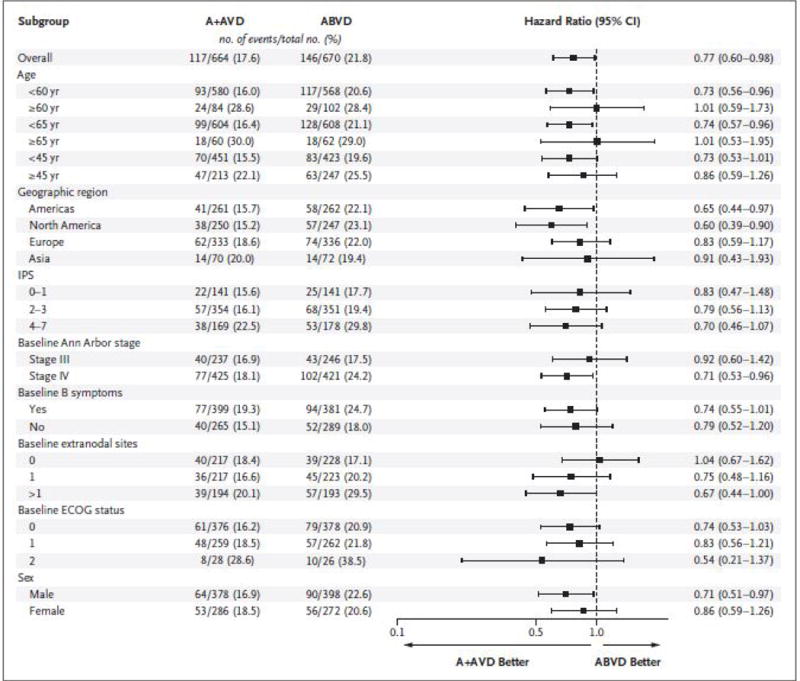Figure 2. Forest-Plot Analysis of Modified Progression-free Survival.

This forest plot shows modified progression-free survival according to the independent review committee in key prespecified subgroups. The hazard ratio for treatment with A+AVD versus ABVD and the 95% confidence intervals (CIs) were based on an unstratified Cox proportional-hazards regression model, with treatment as the explanatory variable. The intention-to-treat population included all the patients who underwent randomization. The International Prognostic Score (IPS) ranges from 0 to 7, with higher scores indicating increased risk of treatment failure: low risk, 0 or 1; intermediate risk, 2 or 3; and high risk, 4 to 7. The Ann Arbor staging system ranges from I to IV, with higher stages indicating more widespread disease. B symptoms consist of night sweats, unexplained fever (temperature >38°C), or loss of more than 10% of body weight. Values for the Eastern Cooperative Oncology Group (ECOG) performance status range from 0 to 5, with higher scores indicating greater disability.
